We were driving to town the other day when Joyce spotted this assemblage of mushrooms growing in someone’s yard. When Joyce went to the door to ask if we could photograph the mushrooms and collect a few to identify them, the resident said “Sure”.
The mushrooms are growing in a classic “Fairy Ring” pattern. It results when a single inoculum, perhaps a wind-blown spore, arrives somewhere in an environment conducive for growth. A network of underground fungal filaments (called a mycelium) develops. Over the seasons the mycelium grows laterally, exhausting the nutrients in the center part, and under favorable conditions, forms mushrooms along the growing edges. If the mycelium was able to grow at a roughly equal rate in all directions, the mushrooms form a ring as shown here. More than 50 species of fungi are reported to form fairy rings.
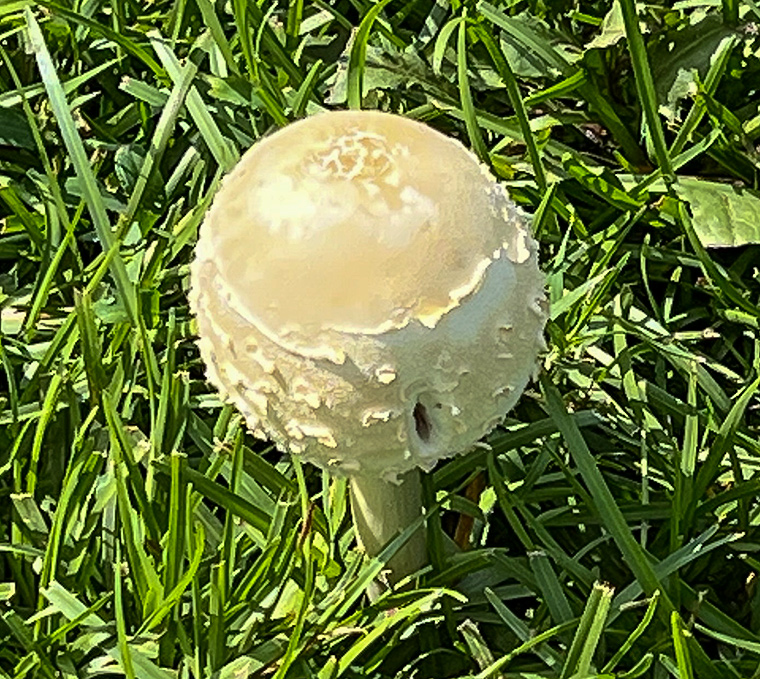
The mushrooms forming this ring are Chlorophyllum molybdites, the False Parasol mushroom.
This species looks, in a way, like it might be good to eat. It is large and white. Furthermore, it resembles the Shaggy Parasol Mushroom (Chlorophyllum rhacodes) and the Shaggy Mane Mushroom (Coprinus comatus), both of which are edible.
However, the False Parasol is poisonous and can cause severe gastrointestinal problems. Indeed, another common name for the False Parasol is “vomiter” which describes one the several symptoms. More poisonings from mushrooms in the United States are caused by eating the False Parasol than any other mushroom.
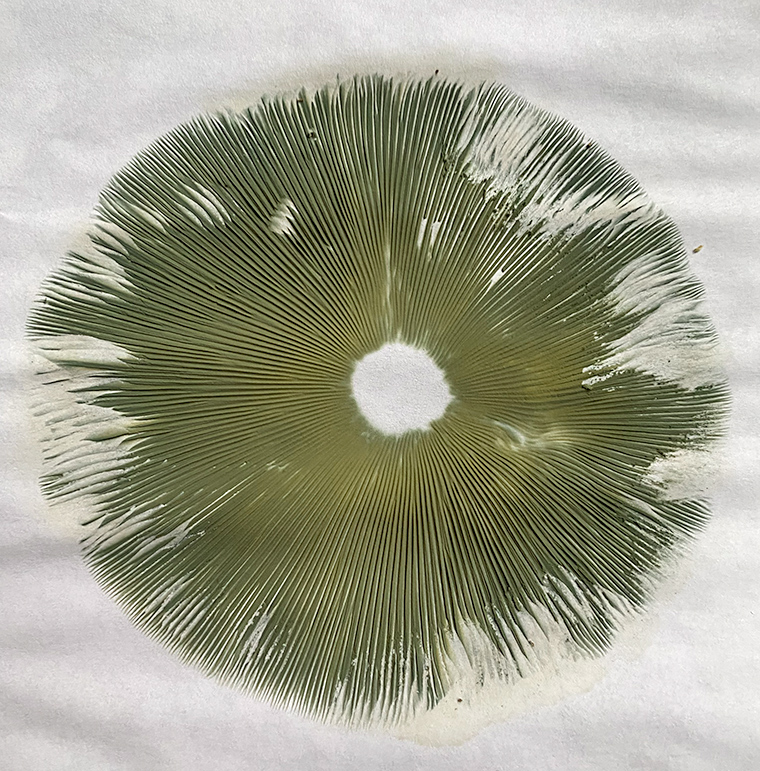
Fortunately, there is one character which separates the False Parasol from its look-a-likes. This is the presence of green spores, where the look-alikes have white spores. Therefore a spore-print is essential. To see how I make spore prints, see my earlier post.
There is a super abundance of folklore beliefs and improbable eyewitness accounts about the origin of fairy rings and what can happen when unsuspecting humans encounter them. Fairy rings purportedly were the sites where fairies, elves, or witches danced. They might, according to some legends, mark the site of underground fairy villages.
Whatever the beliefs about the origin of fairy rings, it was generally assumed that it was bad practice to enter one. It might be impossible to leave or one might be cursed in some way if it was possible to leave.
For a wonderfully detailed article about fairy rings and the folklore associated with them see this Wikipedia article.
Discover more from A Naturalist's Journal
Subscribe to get the latest posts to your email.

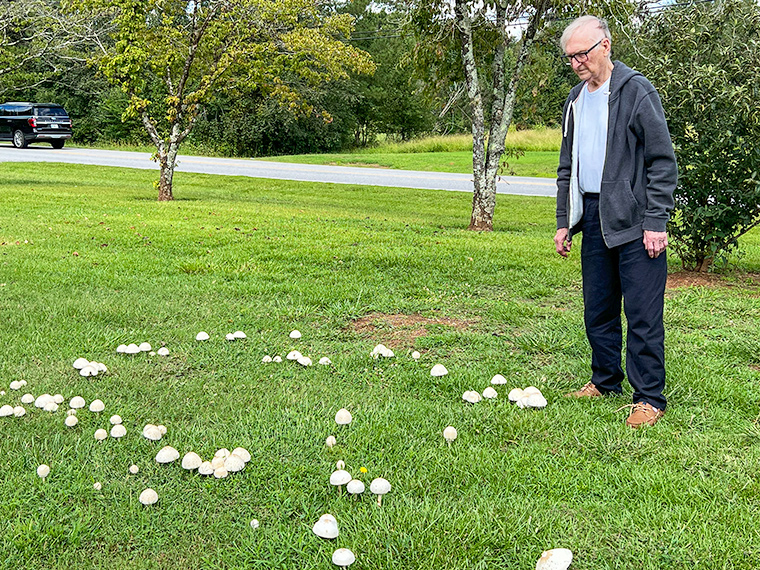
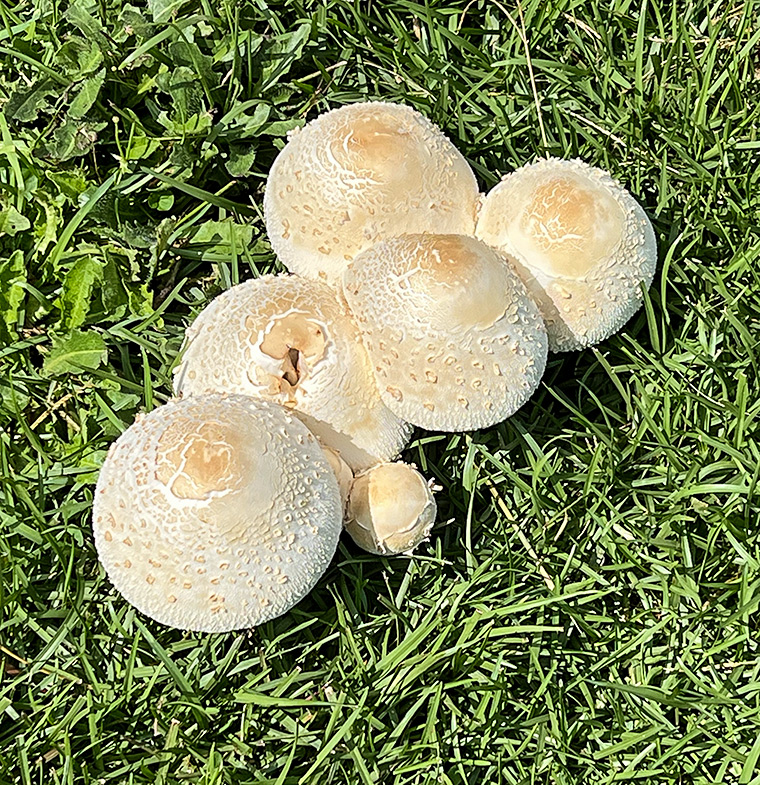
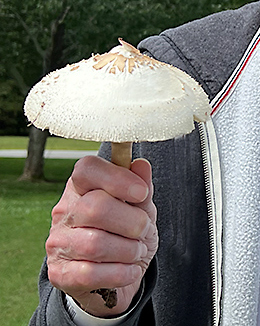
Thanks for an informative post. I’ve always enjoyed observing “fairy rings”.
Thanks again.